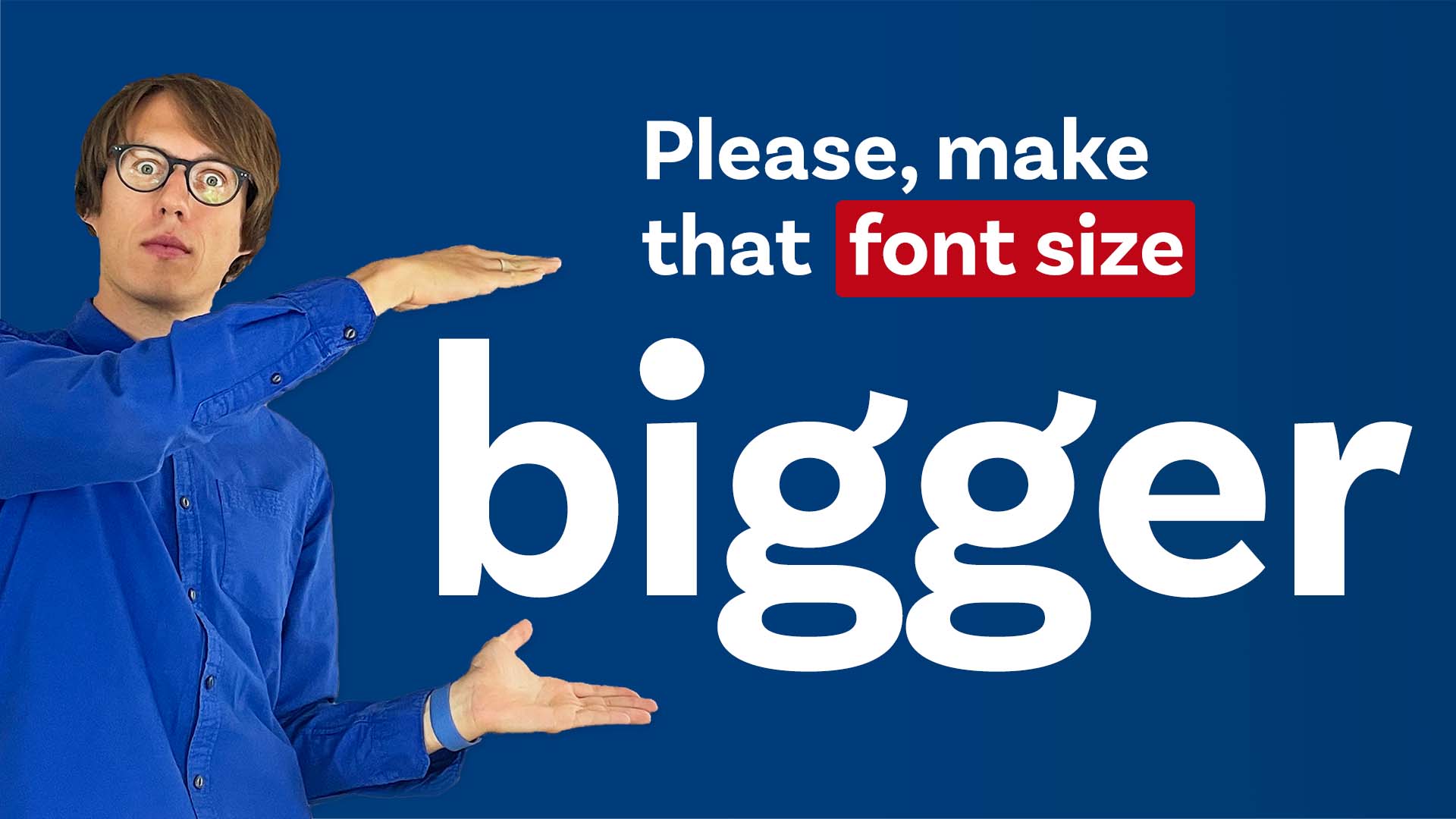Understanding Accessibility in Website Media Design
The Importance of Accessibility in Website Media Design. In the context of online media design, accessibility refers to the process of developing websites and digital material that are accessible to all users, regardless of their abilities or abilities related to disabilities. This include individuals who have impairments in their visual, auditory, cognitive, and motor abilities. Accessible design is not limited to merely complying with legal regulations; rather, it is about promoting inclusivity and making certain that no user is left behind. https://diversewebsitedesign.com.au/healthcare-website-design/

The Principles of Accessible Design
In order to produce websites that are accessible to users, web designers and developers adhere to a set of principles, which are sometimes summed up by the acronym POUR:
Users must be able to perceive the information and user interface components that are shown to them. All of these components must be presentable. The provision of text alternatives for content that is not textual and the guarantee that content is adaptable are both included in this.
Functionality: Both the components of the user interface and the navigation must be functional. In order to accomplish this, it is necessary to guarantee that all features may be accessed through a keyboard and to provide users with sufficient time to read and utilize the content.
The information and the operation of the user interface need to be intelligible in order to be considered understandable. Making the content intelligible and predictable, as well as offering input assistance when it is required, are all included in this concept.
A wide range of user agents, including assistive devices, must be able to interpret the content in order for it to be considered robust. This assures that content will continue to be available even as technologies continue to advance.
The Benefits of Accessibility in Website Media Design
There are numerous advantages to developing websites that are accessible, and these advantages go beyond merely complying with laws and regulations. These advantages have an effect on users as well as enterprises, and they contribute to a digital presence that is more inclusive and economically profitable.
Enhanced User Experience
A user experience that is accessible to all users is improved via accessible design. Content that is well-structured, navigation that is easy to understand, and writing that is readable are all features that are beneficial to users, not just those with impairments. It is common for designers to produce interfaces that are cleaner and more user-friendly when they concentrate on accessibility.
Increased Reach and Audience
There are around fifteen percent of people around the world who are living with some kind of impairment. Businesses have the ability to reach a larger audience if they make their websites accessible. Because of this inclusiveness, there is the potential for a rise in revenue, as well as an increase in the number of users.
SEO Benefits
Due to the fact that they are simpler to scan and index, search engines give preference to websites that are accessible. These features, which include semantic HTML and alt text for images, increase search engine optimization (SEO), which in turn makes websites more discoverable through search engines. As a result, this may result in greater search ranks as well as increased organic visitors.

Legal Compliance
Many nations have enacted laws and regulations that mandate the availability of digital communication. As an illustration, the Americans with Disabilities Act (ADA) in the United States of America stipulates that websites must be designed to be accessible. Failure to comply with regulations can lead to legal action, financial penalties, and damage to a company’s reputation.
Social Responsibility
Accessibility is a demonstration of a dedication to social responsibility, and people should embrace it. This demonstrates that the company values all of its customers and is committed to establishing an environment that is welcoming to all. Among users, this has the potential to improve the brand’s reputation and loyalty.
Implementing Accessibility in Website Media Design
A number of fundamental procedures are required in order to incorporate accessibility into the design of online media. According to accessibility standards such as the Web material Accessibility Guidelines (WCAG), these practices guarantee that the material is accessible to all users and complies with accessibility requirements.
Use Semantic HTML
Content on the web can be given a logical structure through the use of semantic HTML elements, which includeexamples. Screen readers are able to accurately interpret the material with the assistance of these tags, which makes it simpler for people with visual impairments to navigate the website.




